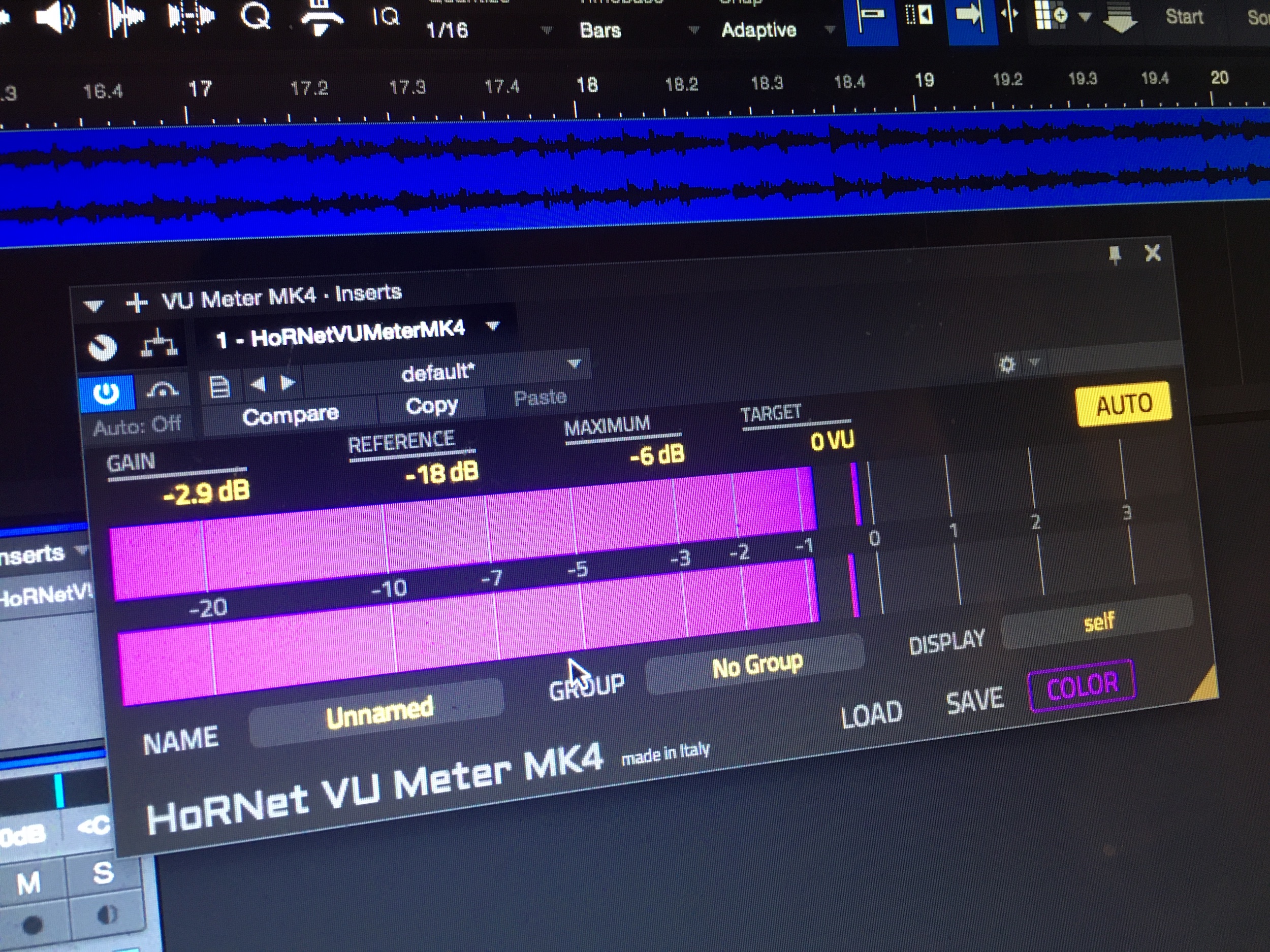MirrorProfiles
Rock Star
- Messages
- 4,794
No worries. I kind of originally ballparked my Helix Native level guessing by ear before I knew about this thread. My DI and converters are all stepped, and it just happened that I was 0.1dB out. Our ears can be surprisingly good at timesPerfect, just what I was looking for! Thank you so much! So I've basically been on the money anyways. I've been running +4 at 0 added gain. So the Neural stuff has been sounding pretty much as it should for me this whole time. Thats good to know, I've always been happy anyways. Just wondered if I was missing anything.
Thanks again MP!
Chatted to him a bit yesterday, definitely seemed like a massive AHA moment and he really understands why it matters. A few mistakes in the video but the take home message in the video is the right one - set gain to 0, check specs, adjust in the plugin.Cordy if you reading this;
Your Steinberg RT4 specifies "+8.5 dBV" which is a different unit than dBu.
dBV + 2.21 = dBu
https://www.extron.com/calculators/db-to-volts/
8.5 dBV + 2.21 = 10.71 dBu
To get to 12.2 dBu for Neural plugins subtract 1.5 dB in your DAW before the plugin.
Also encouraging to see the comments on youtube of it making sense to others and people “getting it”. Wonder who’ll be the next youtuber with a big following to discuss it…


